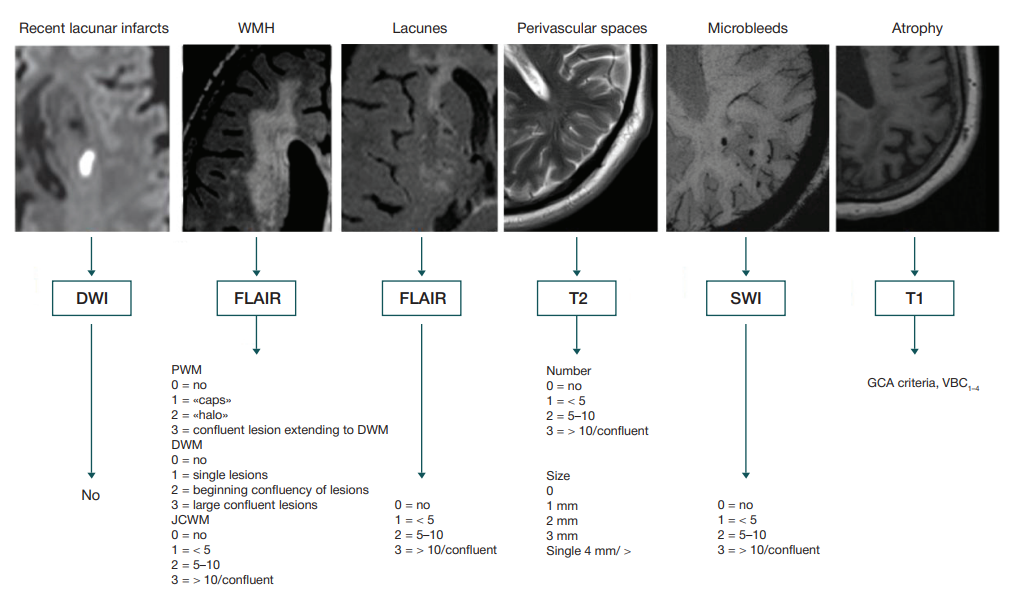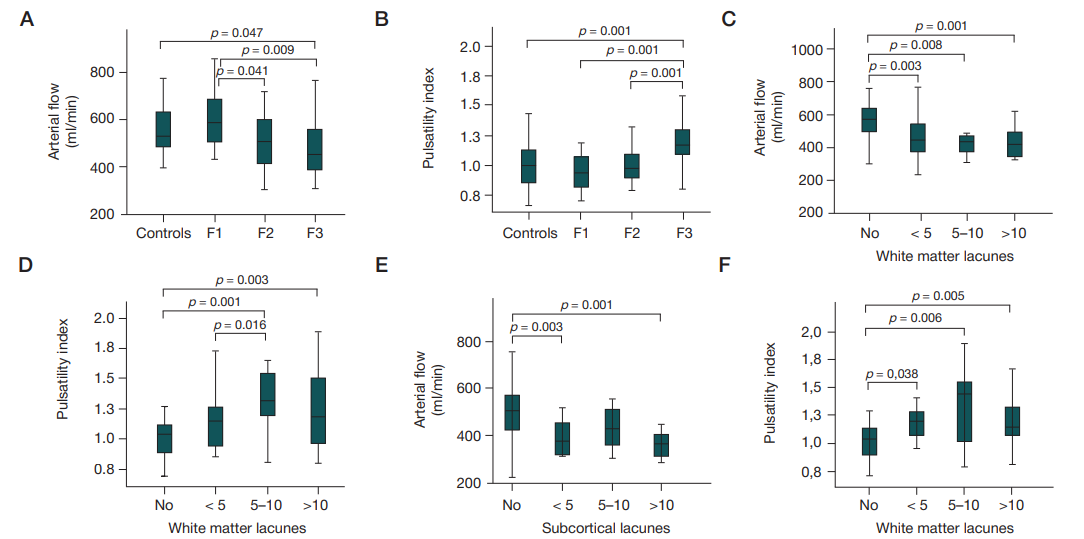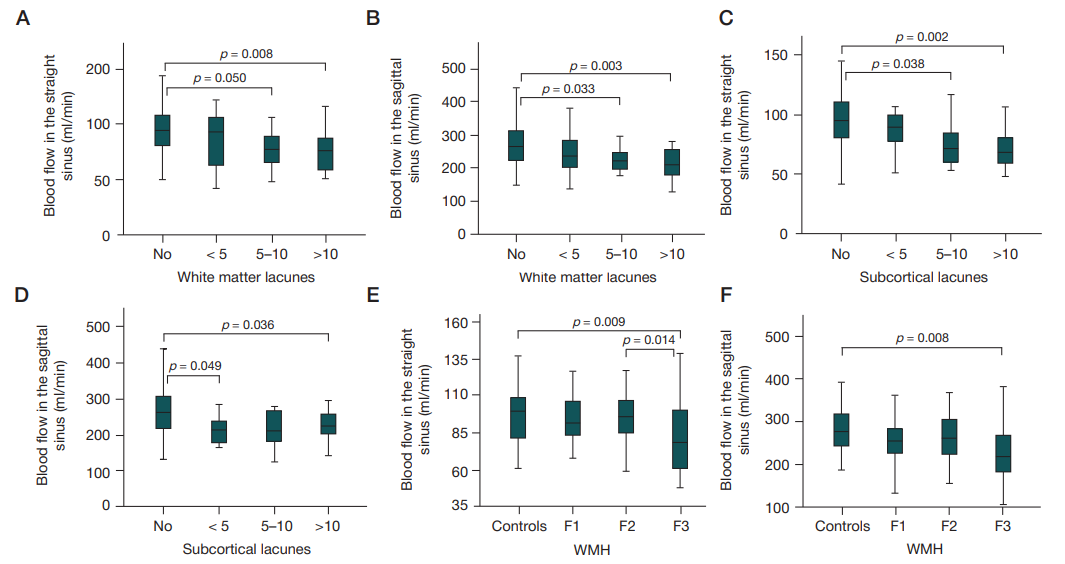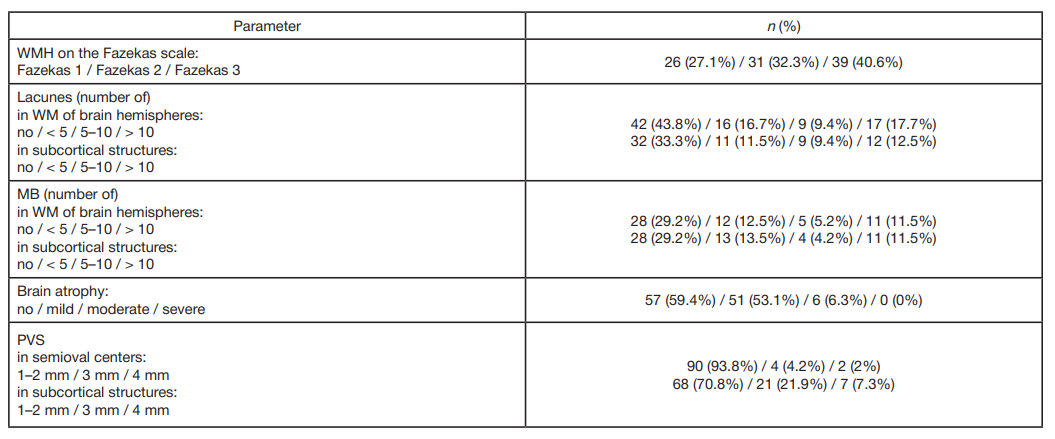
This article is an open access article distributed under the terms and conditions of the Creative Commons Attribution license (CC BY).
ORIGINAL RESEARCH
Associations between blood and cerebrospinal fluid flow impairments assessed with phase-contrast MRI and brain damage in patients with age-related cerebral small vessel disease
1 Research Center of Neurology, Moscow, Russia
2 PET-Technology LLC, Ufa, Russia
Correspondence should be addressed: Elena I. Kremneva
Volokolamskoe shosse 80, Moscow, 125367; ur.ygoloruen@avenmerk
Funding: this work was part of the state assignment for Research Center of Neurology.
Author contribution: Kremneva EI — methodology of the study, data analysis and interpretation, manuscript preparation; Akhmetzyanov BM — data acquisition, statistical processing and interpretation; Dobrynina LA — conception and methodology of the study, data interpretation, clinical data analysis and acquisition; Krotenkova MV — study supervision and methodology, data interpretation.






